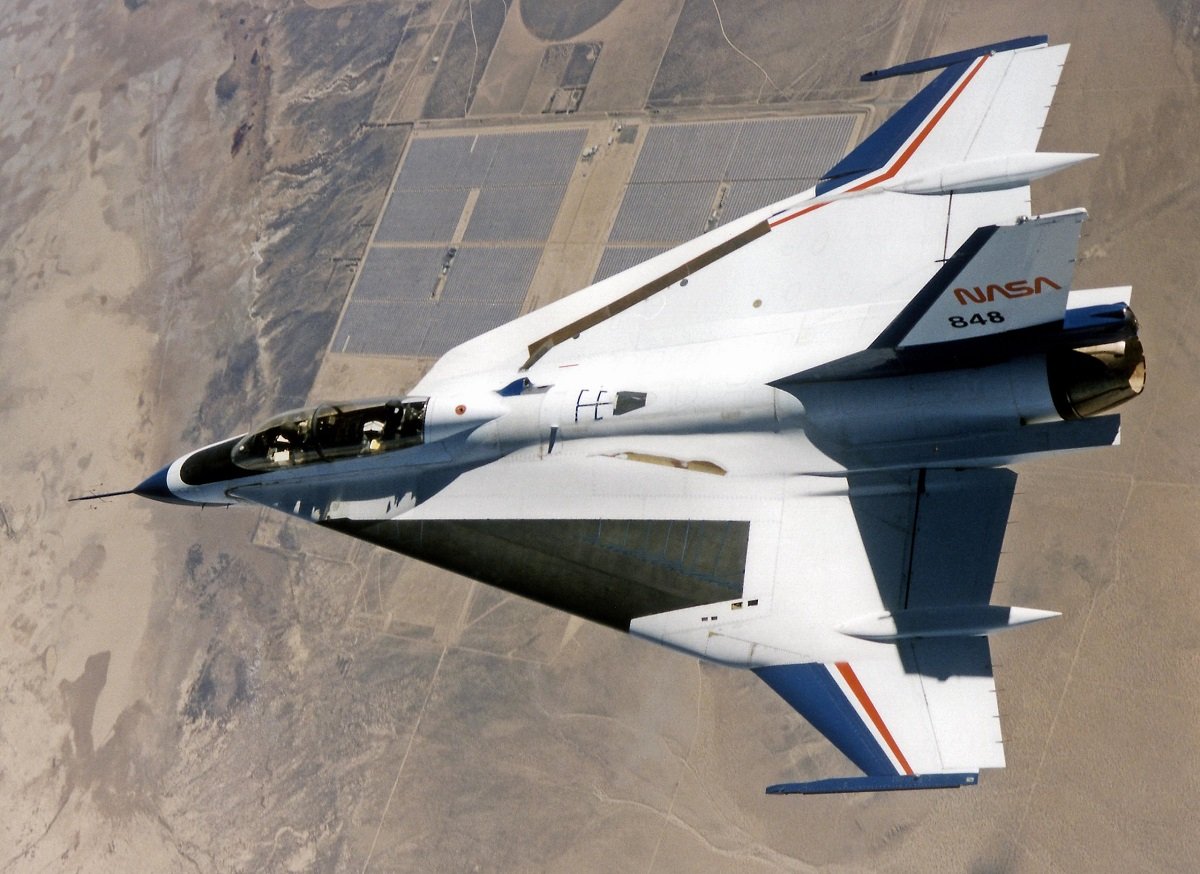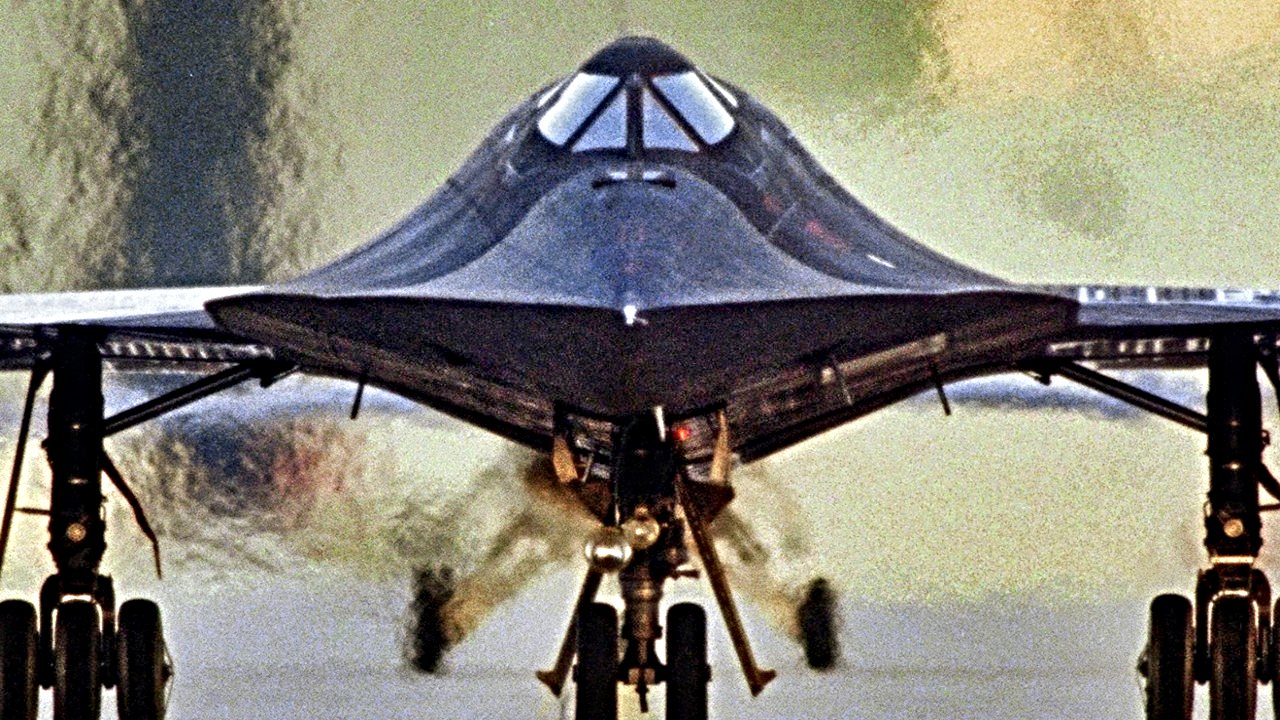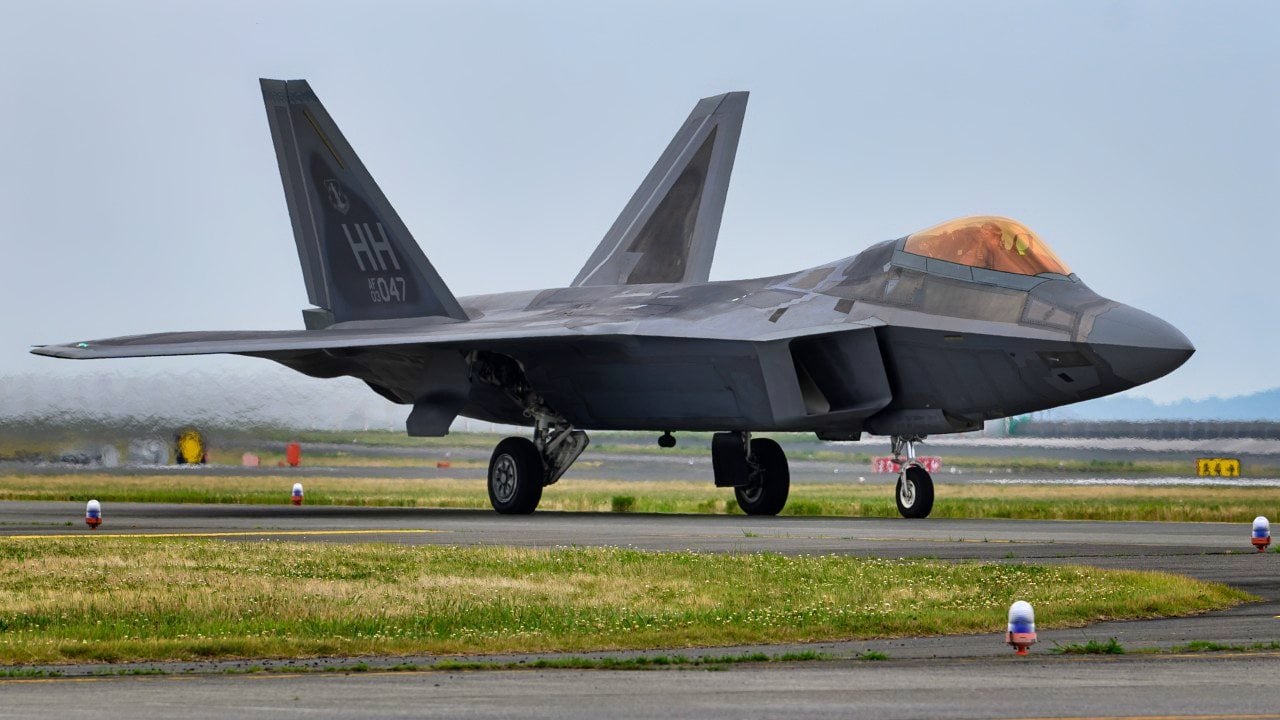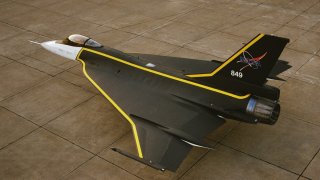F-16XL Fighter: The U.S. Air Force's Biggest Mistake?
The F-16XL was an advanced variant of the F-16 designed for supercruise capabilities and increased payload, initially considered as a potential replacement for the F-111 Aardvark.
Summary and Key Points: The F-16XL was an advanced variant of the F-16 designed for supercruise capabilities and increased payload, initially considered as a potential replacement for the F-111 Aardvark.

-Despite its enhanced features, including greater range, payload capacity, and reduced radar signature, it lost out to the F-15E Strike Eagle.
-The F-16XL's technology contributed to later advancements in fighter jets, including the F-22 Raptor.
Two prototypes were used in various NASA experiments before being retired to museums.
F-16XL: The Fighter Jet That Could Have Been
America’s formidable fourth-generation F-16 fighter platform made headlines last year when the White House gave Ukraine the green light to fly them in war.
Since February 2022, Kyiv has asserted that without more advanced aerial capabilities, it would be unable to thwart Russia’s advances.
Initially, the Biden administration was adamant that it would not provide F-16 Fighting Falcon airframes to aid Ukraine’s defensive efforts. However, the training of Ukrainian pilots on these airframes was ultimately okayed.
American Defense Secretary Lloyd Austin said that the U.S. would actually head up the coalition of nations that will train Ukraine’s pilots and crews to properly operate the Fighting Falcons last month.
A brief history of the F-16 platform
The General Dynamics F-16 was designed nearly five decades ago to fulfill the U.S. Air Force’s need for an air superiority fighter.
Following the Vietnam War, military officials understood the need for airframes better equipped to maneuver with minimum possible energy loss
By the 1970’s, the Fighting Falcon was born out of the Lightweight Fighter program.
The compact, multi-role jet is highly maneuverable and can operate in both air-to-surface and air-to-air combat.
Over the years, the F-16 platform has achieved an honorable combat record and continues to fly for the USAF as well as a litany of foreign militaries.
Where are the F-16XLs today?
While the F-16 has an honorable legacy, not all of its subsequent variants have made it to the service phase.
Shortly after winning the Lightweight Fighter program contract, General Dynamics worked on several prototypes, including two variants it later delivered to NASA’s Langely Research Center.
Referred to by their serial numbers #849 and #848, these jets were both used in a litany of experiments that only concluded in the late 1990s.
Notably, F-16XL #849 participated in a 1995 sonic boom study where it flew 200 feet behind a NASA SR-71 to ascertain the boundary of a SR-71’s supersonic shockwave.

As Peter Suciu explained on additional F-16XL studies conducted by NASA: “The two-seat F-16XL was extensively modified by NASA Dryden for the Supersonic Boundary Layer Control research project in the mid-1990s. A turbine-driven suction system was installed in the aircraft’s fuselage while a modified, thickened left-wing pulled in boundary layer air flowing over the wing to enable laminar, or smooth, airflow over the wing. The aircraft last flew in 1996 and is reportedly no longer airworthy.”
While these variants are now sitting in storage at the Air Force Flight Center Museum at Edwards and on display at the Museum Air Park, they are highly respected by aviation buffs and industry experts alike.
F-16XL: F-16 on Steroids?
The resulting F-16XL design was conceptualized to potentially replace the F-111 Aardvark. Ultimately, however, McDonnell Douglas’ F-15E jet was awarded the contract. The two constructed F-16XL fighters were then relegated to Edwards Air Force Base.
The main concept driving the F-16XL was supercruise (sustained supersonic cruising without afterburner) capability. The culminating prototype did indeed have a longer range while still saving on fuel.
Despite the F-16XL’s trajectory, the fighter is widely recognized by aviation experts as a powerhouse.
According to Military.com, this variant would carry twice the payload of the original Fighting Falcon variant and fly as much as 44% further.
Furthermore, the F-16XL could accomplish this without external fuel tanks and while sporting a full suite of air-to-air weapons including four AMRAAMs and two AIM-9 Sidewinders.
Additional capabilities have been outlined by Air and Space Forces: “As for penetration and survivability, the F-16XL can dash supersonically with a load of bombs at either high or low altitude. It can climb at high rates with the bombs aboard. And it has a speed advantage of up to eighty-three knots over the F-16A at sea level at military power setting and 311 knots on afterburner at altitude while carrying a bomb load.
Two additional capabilities of the F-16XL contribute to survivability. First is improved instantaneous maneuver ability coupled with greatly expanded flight operating limits (with bombs), and second is reduced radar signature resulting from the configuration shaping.”
Did the Air Force Make a Mistake?
While the Strike Eagle platform that did eventually enter service with the USAF proved to be highly capable, the F-16XL would have undoubtedly enhanced the service’s prowess if accepted alongside the F-15 back in the day.

Nonetheless, the F-16 has contributed to modern aerial concepts. In fact, the variant would even aid in the development of the supercruise capability of the first-ever fifth generation airframe to take to the skies- the F-22 Raptor.
About the Author: Maya Carlin
Maya Carlin is an analyst with the Center for Security Policy and a former Anna Sobol Levy Fellow at IDC Herzliya in Israel. She has by-lines in many publications, including The National Interest, Jerusalem Post, and Times of Israel. You can follow her on Twitter: @MayaCarlin.
All images are Creative Commons.


